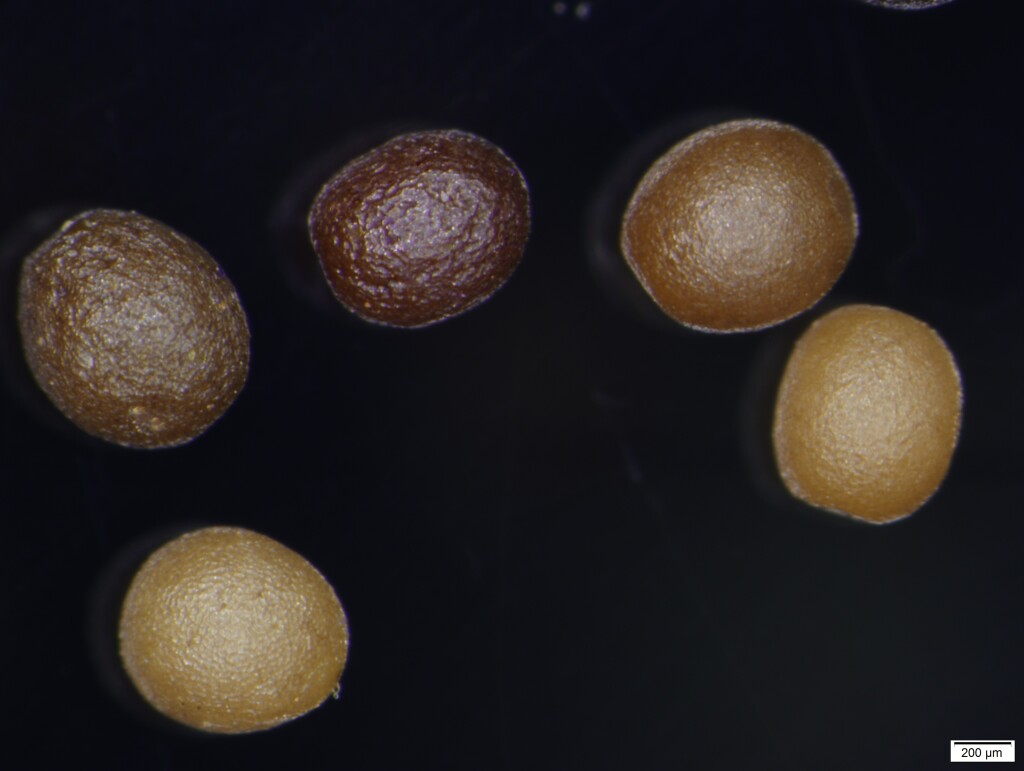Gentianella
Annual, biennial or perennial (often monocarpic), more or less glabrous herbs. Leaves opposite or whorled, entire, often crowded at base where petiolate. Inflorescence a terminal or axillary cyme or flowers solitary. Calyx (4–)5-lobed, with very short to well-developed tube, sometimes split to base on one side; corolla funnel-shaped, cylindrical, rotate or campanulate, (4–)5-lobed, shallowly or deeply lobed, white, cream, pale yellow, pink to violet, often streaked by darker veins, not plicate between lobes; corolla-lobe with 1 nectary at base, 5–9-nerved; corolla-tube with or without fimbriate appendages; fimbriate appendages vacularised or not, scattered, united in a ring or arranged in a row at base of corolla-lobe; stamens inserted at or below middle of corolla-tube, filaments filiform, occasionally with hairs; anthers versatile, scarcely twisted after dehiscence; ovary c. fusiform, 1-locular, sessile or with a short gynophore; style indistinct or absent; stigmas 2. Capsule opening by 2 terminal valves; seeds ovoid, ellipsoid, globose, rarely sub-reniform, 0.5–1 mm long, straw-coloured, yellow-, olive-, reddish- or chocolate-brown.
About 125 species from Australia, New Zealand, Asia, Europe, northwest Africa and North and South America.
All Australian species of Gentianella were placed in the genus Chionogentias. This genus was distinguished from Gentianella by having both no fimbriate appendages on its corolla and a short corolla tube, but its description was largely based on Australasian material and did not take into account species from other regions of the world that appeared intermediate between Chionogentias and Gentianella (von Hagen & Kadereit 2001). Phylogenetic analyses of DNA data demonstrated that Chionogentias species belong to a lineage that also contains Gentianella species with fimbriate appendages and corolla lobes and tubes of various lengths, but these analyses did not obtain support for Chionogentias being a lineage separate from these Gentianella species (von Hagen & Kadereit 2001). Consequently, Chionogentias is generally included within Gentianella (e.g. von Hagen & Kadereit 2001; Glenny 2004) which is the treatment adopted here.
 Spinning
SpinningGlenny, D. (2004). A revision of the genus Gentianella in New Zealand. . *New Zealand Journal of Botany * 42(3): 361–530.
von Hagen, K.B.; Kadereit, J.W. (2001). The phylogeny of Gentianella (Gentianaceae) and its colonization of the Southern Hemisphere as revealed by nuclear and chloroplast DNA sequence variation. *Organisms Diversity & Evolution * 1(1): 61–79.



